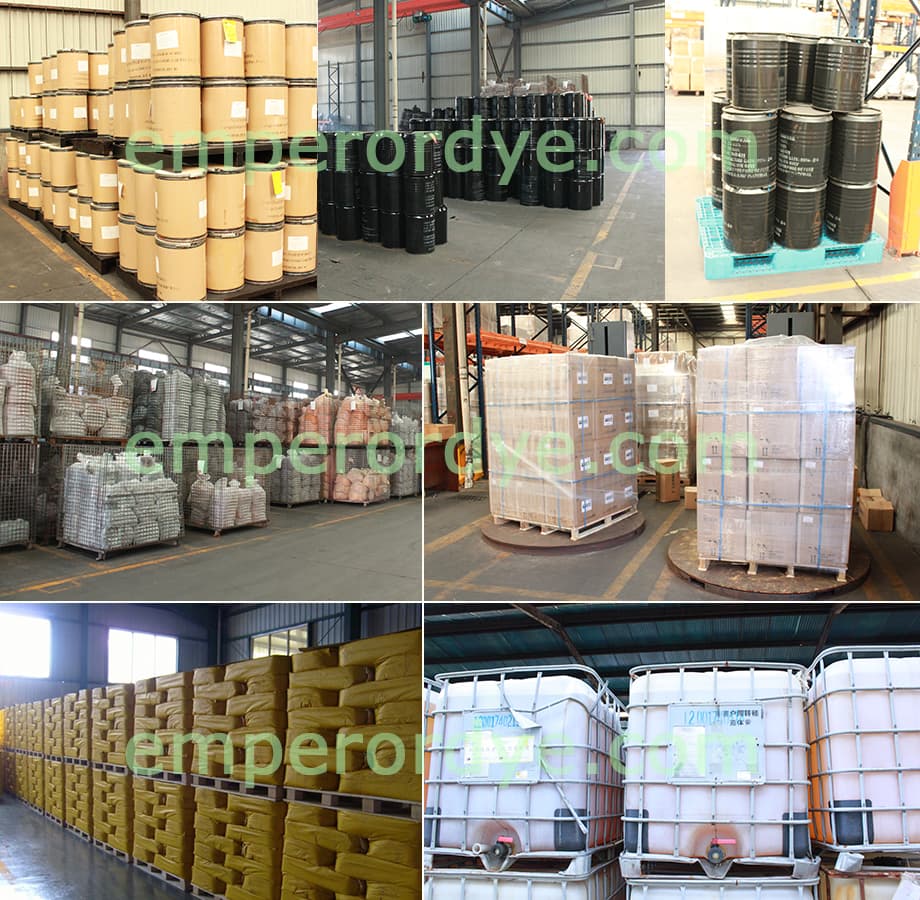Application and parameters of Basic blue 41
Basic blue 41
- TRADE NAME:
- Cationic blue 41
- Cationic Blue SD-GRL
Basic blue 41 Physical and Chemical properties
|
K value |
f value |
Solubility(g/L) |
other fiber stains(grade) |
dyeing pH value |
Application classification |
||||||
|
98℃ |
40℃ |
20℃ |
cotton |
viscose |
nylon |
polyester |
wool |
||||
|
3 |
0.2 |
40 |
40 |
40 |
4 |
3 |
3 |
3 |
4 |
2~5 |
disperse type |
The appearance is dark green lotus powder, the aqueous solution is blue. The acrylic fiber is bright blue, and it is reddish under the tungsten light. It is dyed at 120 ° C at high temperature, and the color light is unchanged. The copper ion and iron ion color are encountered during dyeing. There is slight variation. The blocking group of the dispersed cationic blue SD-GRL and cationic blue SD-GRL is 1-naphthalenesulfonic acid group.
Basic blue 41 Application:
1. Acrylic dyeing: It Suitable for acrylic dyeing, in acetic acid and sodium acetate bath, the dyeing bath pH is stable in 2~5 color. If dyed with sulfuric acid bath, the color is light and the color is green; It is dyed in formic acid bath, the color shade is unchanged. The dyeing rate is medium, it is suitable for dyeing brighter blue. It often combines with cationic yellow X-6G and red X-GRL to form three primary colors, which are dyed with various colors. The bright blue with a little red light and the dark blue with a dark color. If the dyeing is to be singeed, it will have an effect on the shade.
2. Other fiber dyeing: It can be dyed with acid-modified polyester and has a light fastness of 5. It is usually not suitable for dyeing of blended fabrics because it stains other fibers more heavily.
3. Printing:It can be used for direct printing of acrylic, diacetate or acid modified fabrics. The ground color can be whitened by Deklin.
Precaution
basic blue 41 contains the isomer of p-aminoanisole, p-aminoanisole.
Packing:

20 or 25kg/compound bag, carton box, iron drum, fiber durm for powder dye and 1000kg/tank for liquid dye
- Inquiry for Basic blue 41
- Question: *
- You can learn about other products:
- Basic Violet 11
- Basic Violet 11:1
- Basic Violet 14
- Basic violet 16
- Basic Brown 1
- Basic Blue 26
- Basic Blue 9
- Basic Green 4
- Basic Orange 2
- basic yellow 51
Products Catalog
- solvent red 24
- solvent red 49
- solvent red 122
- solvent red 111
- solvent red 146
- solvent red 195
- solvent yellow 21
- solvent yellow 33
- solvent yellow 93
- solvent yellow 98
- solvent yellow 114
- solvent orange 60
- vat red 41
- solvent green 3
- solvent green 5
- solvent blue 70
- solvent blue 104
- solvent black 3
- solvent violet 31
- solvent violet 13
Copyright right HANGHZOU EMPEROR CHEMICAL CO,,LTD © 2019 All rights reserved.

 Pусский
Pусский